Top 12 Deep Learning Frameworks in 2025
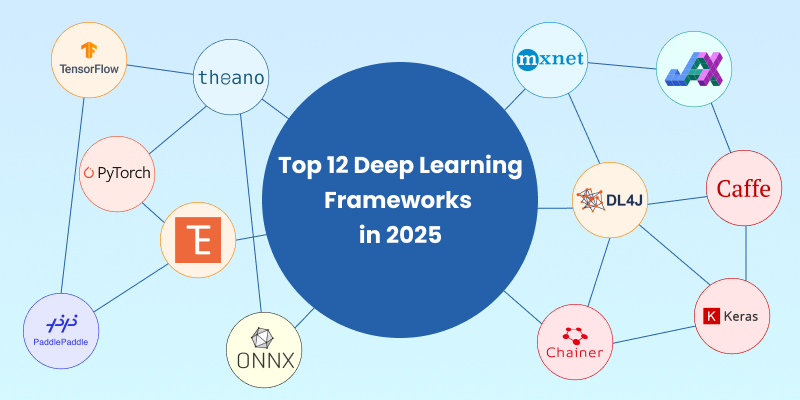
Introduction to Deep Learning
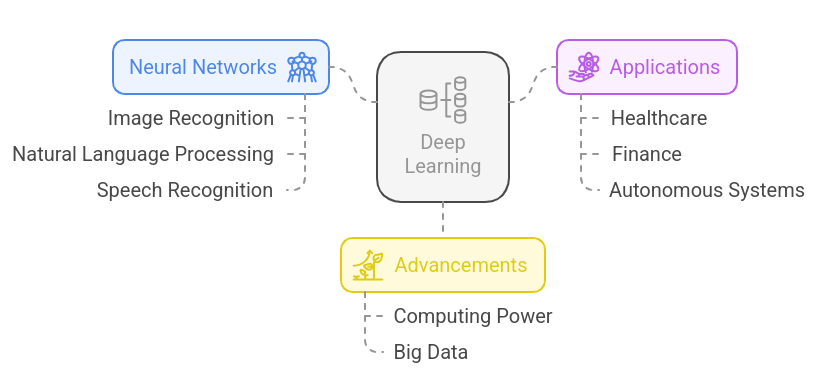
Deep learning is a type of machine learning that helps computers learn patterns and make decisions without being explicitly programmed. It is widely used in image recognition, speech processing, medical diagnosis, self-driving cars, and many other applications.
Deep learning models use artificial neural networks (ANNs), inspired by the human brain, to learn from large amounts of data and improve accuracy over time. The concept dates back to the 1940s, when the first artificial neuron model was introduced, but major breakthroughs came in the 2010s with advancements in deep neural networks and large-scale computing.
Machine Learning vs. Deep Learning
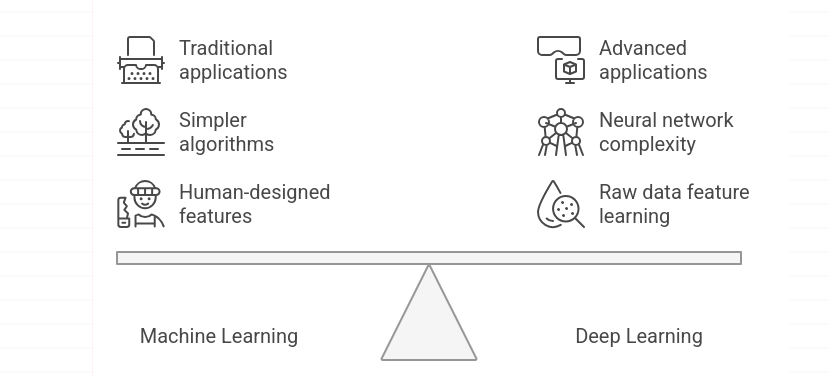
Machine Learning (ML): Uses algorithms that require human-designed features. Examples include decision trees and support vector machines.
Deep Learning (DL): Uses neural networks to learn features from raw data, making it better suited for tasks like natural language processing and computer vision.
Why Deep Learning Frameworks Matter
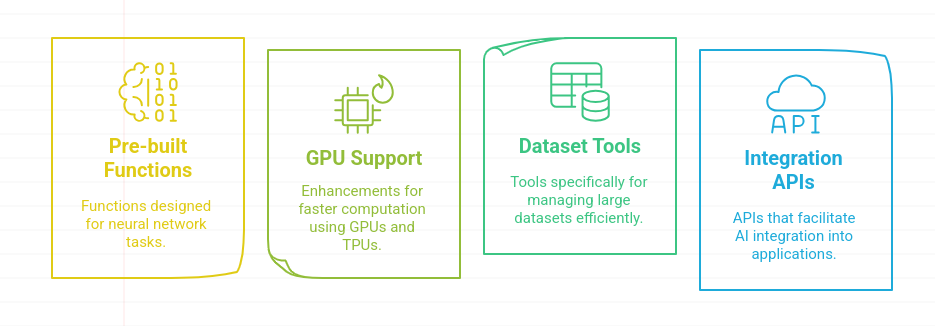
Deep learning frameworks provide tools and libraries that simplify the process of building, training, and deploying AI models. They offer:
Pre-built functions for neural networks
Support for GPUs and TPUs for faster computation
Tools for handling large datasets
APIs for integrating AI into real-world applications
Top 12 Deep Learning Frameworks to Watch in 2025
In 2025, deep learning frameworks continue to evolve, powering innovations across industries. Here are the top 12 frameworks that are leading the way in AI and machine learning development.
1. TensorFlow

Developed by: Google
TensorFlow is one of the most popular deep learning frameworks. It is used in both research and production environments.
Key Features:
Works with CPUs, GPUs, and TPUs
Includes TensorFlow Lite for mobile applications
Supports deep learning and machine learning models
Best For: Large-scale AI applications like image recognition and speech processing.
Pros: Scalable, widely used, strong ecosystem
Cons: Steep learning curve
2. PyTorch
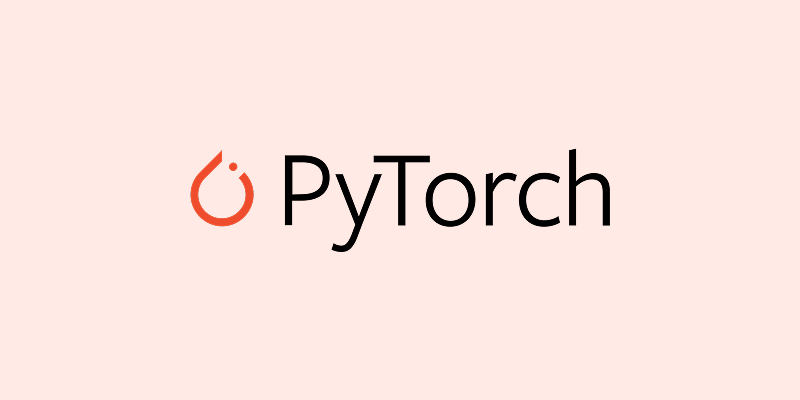
Developed by: Meta (Facebook)
PyTorch is popular for research and experimentation because of its flexibility and ease of use.
Key Features:
Supports dynamic computation graphs
Great for natural language processing (NLP)
Strong integration with the Hugging Face library
Best For: AI research, NLP, and robotics.
Pros: Easy to debug, research-friendly
Cons: Less optimized for large-scale production
3. Keras
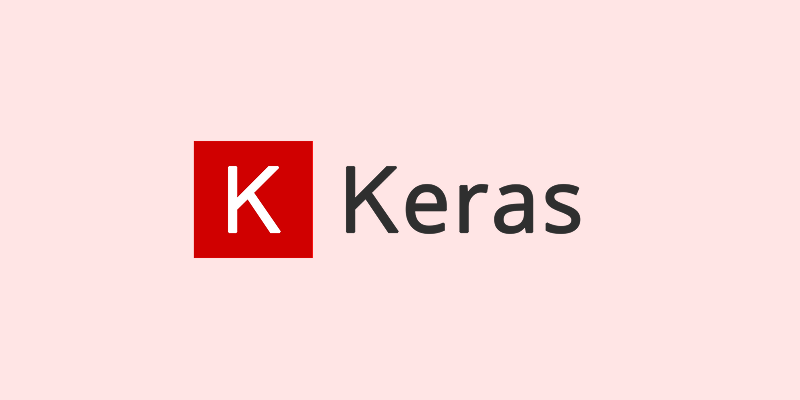
Developed by: Google
Keras is a user-friendly deep learning library that runs on top of TensorFlow.
Key Features:
Simple API for building deep learning models
Good for beginners and fast prototyping
Can use TensorFlow as a backend
Best For: New learners and quick model development.
Pros: Easy to use, fast development
Cons: Less flexible than TensorFlow
4. MXNet

Developed by: Apache
MXNet is an efficient deep learning framework, widely used by cloud providers.
Key Features:
Supports both dynamic and static graphs
Optimized for distributed training
Used by AWS for AI services
Best For: Large-scale cloud applications.
Pros: Scalable, lightweight
Cons: Smaller user community
5. JAX
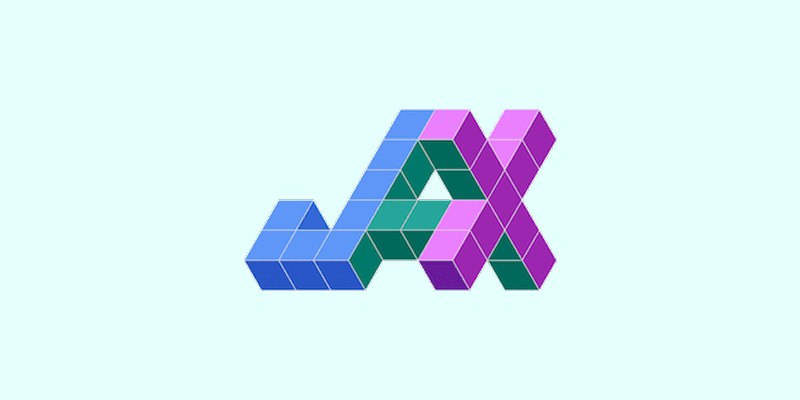
Developed by: Google
JAX is designed for high-performance deep learning and scientific computing.
Key Features:
Just-in-time (JIT) compilation for fast execution
Automatic differentiation for optimization problems
Best For: AI research and complex mathematical models.
Pros: Fast, good for research
Cons: Less intuitive than PyTorch
6. Caffe

Developed by: Berkeley AI Research
Caffe is a deep learning framework optimized for image processing and real-time AI applications.
Key Features:
Optimized for convolutional neural networks (CNNs)
Low memory usage
Very fast training speed
Best For: Image classification and object detection.
Pros: Fast, efficient for CNNs
Cons: Limited flexibility
7. DL4J (DeepLearning4J)

Developed by: Skymind
DL4J is a Java-based deep learning framework, mainly used in enterprise applications.
Key Features:
Supports distributed deep learning
Works well with Apache Spark for big data AI
Best For: AI applications in finance and healthcare.
Pros: JVM-based, scalable
Cons: Less flexible than PyTorch
8. Chainer
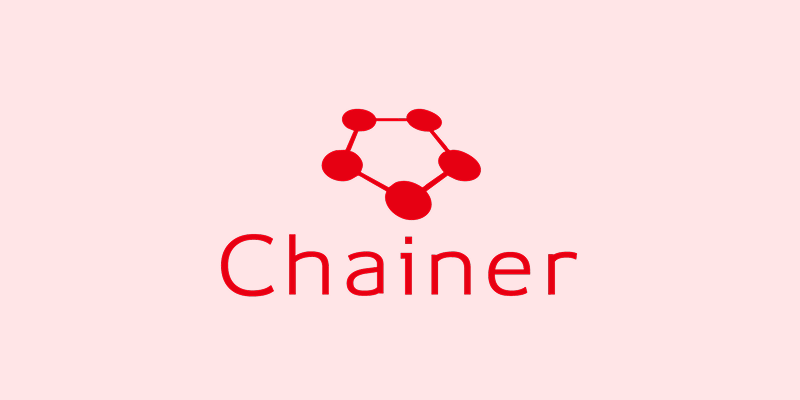
Developed by: Preferred Networks
Chainer is a flexible deep learning framework that supports dynamic computation graphs.
Key Features:
Strong support for recurrent neural networks (RNNs)
Good for NLP applications
Best For: Research in NLP and reinforcement learning.
Pros: Flexible, research-friendly
Cons: Smaller user base
9. PaddlePaddle

Developed by: Baidu
PaddlePaddle is an industry-grade deep learning framework designed for business applications.
Key Features:
Scalable for enterprise AI solutions
Strong support for cloud and edge AI
Best For: Industrial AI in areas like finance and healthcare.
Pros: Enterprise-ready
Cons: Less documentation than TensorFlow
10. Theano
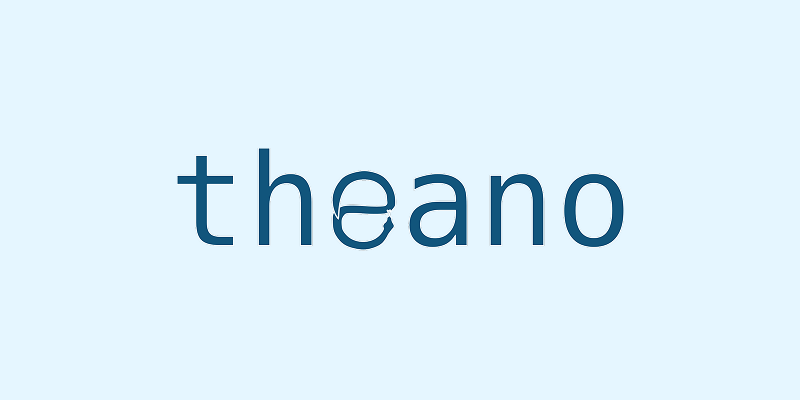
Developed by: University of Montreal
Theano was one of the first deep learning frameworks but is no longer actively maintained.
Key Features:
Supports symbolic differentiation
Strong mathematical computation capabilities
Best For: Learning deep learning fundamentals.
Pros: Good for academic research
Cons: No active development
11. TFLearn

Developed by: TensorFlow Community
TFLearn is a high-level wrapper for TensorFlow that simplifies deep learning.
Key Features:
Easy-to-use API
Built on top of TensorFlow
Best For: Beginners in deep learning.
Pros: User-friendly, quick model building
Cons: Less control than raw TensorFlow
12. ONNX (Open Neural Network Exchange)

Developed by: Microsoft & Facebook
ONNX is not a deep learning framework but an open standard for exchanging models between frameworks.
Key Features:
Allows AI models to run across different platforms
Optimized for AI model deployment
Best For: Transferring models between TensorFlow and PyTorch.
Pros: Cross-framework compatibility
Cons: No direct training support
Which Framework Should You Choose?
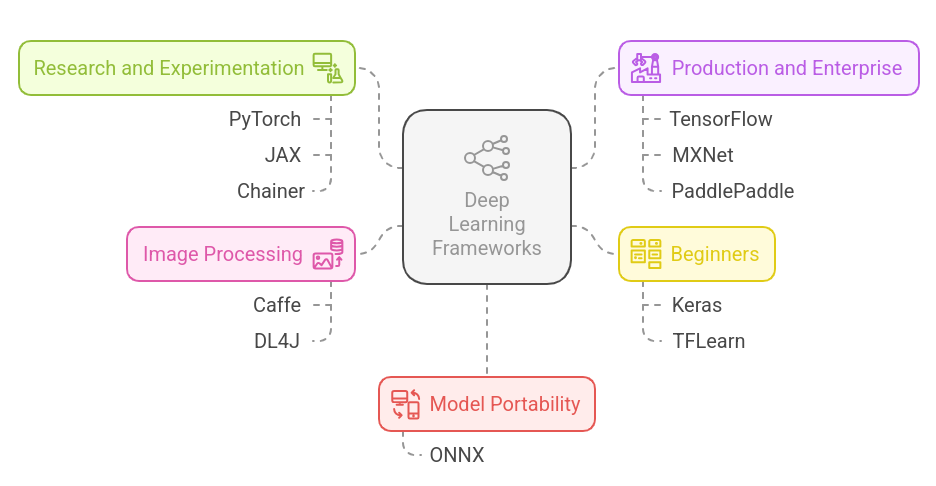
For Research and Experimentation: PyTorch, JAX, Chainer
For Production and Enterprise: TensorFlow, MXNet, PaddlePaddle
For Beginners: Keras, TFLearn
For Image Processing: Caffe, DL4J
For Model Portability: ONNX
FAQs
- TensorFlow is optimized for large-scale production and offers deployment tools like TensorFlow Serving and TensorFlow Lite.
- PyTorch is more flexible, has an easier debugging process, and is preferred for research and development.
Theano was one of the first deep learning frameworks but is no longer actively maintained. However, it is still used for learning deep learning fundamentals.
DL4J (DeepLearning4J) is the best deep learning framework for Java developers and enterprise applications.
ONNX (Open Neural Network Exchange) is an open standard that allows AI models to be transferred between different frameworks like TensorFlow and PyTorch.
Caffe and DL4J are optimized for image classification, object detection, and real-time AI applications.
AWS primarily uses Apache MXNet for AI services, but it also supports TensorFlow and PyTorch.
Yes, you can use ONNX to transfer models between frameworks, enabling compatibility across different tools.
PaddlePaddle and DL4J are commonly used in enterprise AI applications, especially in finance, healthcare, and industrial automation.
Your choice should depend on your needs:
- For research: PyTorch, JAX
- For production: TensorFlow, MXNet
- For beginners: Keras, TFLearn
- For Java applications: DL4J
- For model portability: ONNX
Conclusion
Deep learning frameworks play a crucial role in AI development. Whether you are a beginner, researcher, or business professional, choosing the right framework depends on your needs.As AI continues to evolve, staying updated with the best tools and frameworks will help in building advanced and efficient deep learning models.
